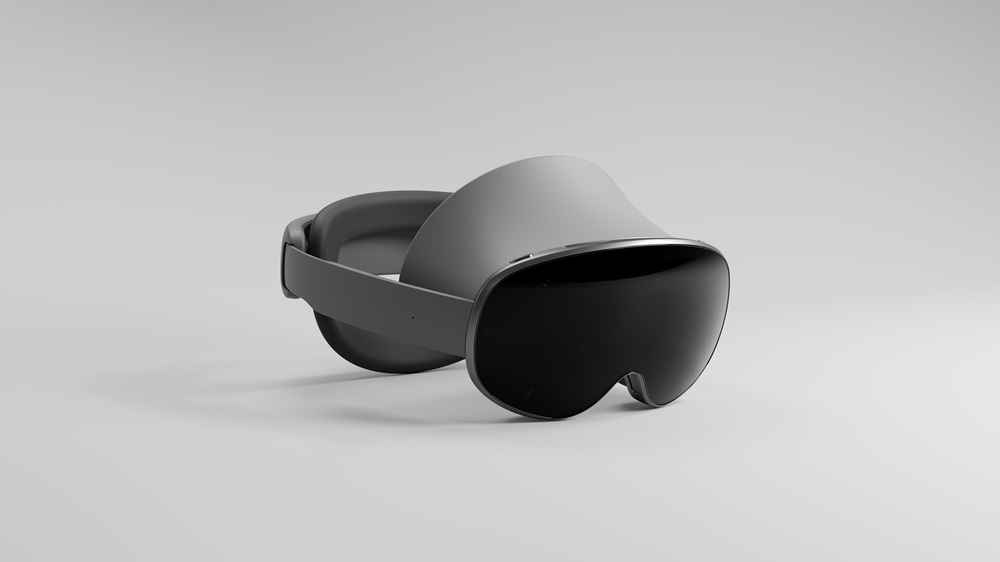If your Windows environment ever becomes unstable or corrupted, restoring it from a system image backup could fix the issue—if you take the time to prepare one in advance. This backup method creates an entire image file of Windows 10 or Windows 11, which can then be safely stored elsewhere. When a problem occurs, you can then get Windows back up and running by restoring the entire image.
It’s important to note that this method differs from Microsoft’s other backup options. File History preserves select files and folders, while a Recovery Drive won’t save personal files. A Restore Point can save everything, but it can sometimes fail, leaving you with nothing. The drawback to a system image is that you can’t restore individual files, only the entire image. You’ll also need to recreate the image on a regular basis to make sure you save the latest version of your Windows environment.
Before you get started, you need to set up an external source on which to save your image file. You can create the image on DVDs, but you’ll find it easier to use an external drive, network drive, or network-attached storage (NAS) drive. Let’s get started.
Create a System Image Backup
The quickest way to get to the system image backup is through Control Panel. Use the Windows search function from the Taskbar to type Control Panel, then select it from the results. With Control Panel in icon view, select Backup and Restore (Windows 7). Yes, it still says Windows 7, but this feature works just fine in Windows 10 and 11.
(Credit: PCMag / Microsoft)
Click the Create a system image link, then choose where you want to save the backup—on an external drive, DVD, or network location. If you want to use an external drive, make sure it’s formatted using NTFS in order to store the image.

(Credit: PCMag / Microsoft)
Get Our Best Stories!

Tips, Tricks & How-To
By clicking Sign Me Up, you confirm you are 16+ and agree to our Terms of Use and Privacy Policy.
Thanks for signing up!
Your subscription has been confirmed. Keep an eye on your inbox!
Click Next, then confirm which areas or partitions of your hard drive will be included in the image file, then click the Start Backup button. Windows now creates the image file and saves it to your chosen destination.

(Credit: PCMag / Microsoft)
Next, you want to create a system repair disc to use if Windows is ever incapable of booting up on its own. You’ll need a disk drive, since the feature still doesn’t support the use of a USB drive. If your computer doesn’t have a disk drive, you can always purchase an external DVD drive, then connect it via USB. Insert a blank CD or DVD into your drive and click the Create a system repair disc link. Confirm that your DVD drive appears, then click the Create disc button.
Recommended by Our Editors

(Credit: PCMag / Microsoft)
System Image Recovery
Now, let’s say you’re in a jam one day because your computer is misbehaving. If you feel that restoring Windows from the image file is your only option, make sure your backup media is plugged in or inserted. If you still can, boot up your PC. In Windows 10, go to Settings > Update & Security > Recovery and click Restart now under the Advanced startup heading. Windows 11 users can go to Settings > System > Recovery and click Restart now next to Advanced startup.

(Credit: PCMag / Microsoft)
From the Choose an option window, go to Troubleshoot > Advanced Options > System Image Recovery > See more recovery options, and then select System Image Recovery. Windows should automatically detect and point to your system image.

(Credit: PCMag / Microsoft)
If it does, click Next. If it doesn’t, click Select a system image and choose the image you want to use. Then just follow the steps to restore your PC with the system image. If Windows won’t boot at all, start your PC with the system repair disc. You should be taken to the Choose an option window, where you can follow the same steps to restore Windows to a previous and (hopefully healthy) state.

(Credit: PCMag / Microsoft)
About Lance Whitney
Contributor








